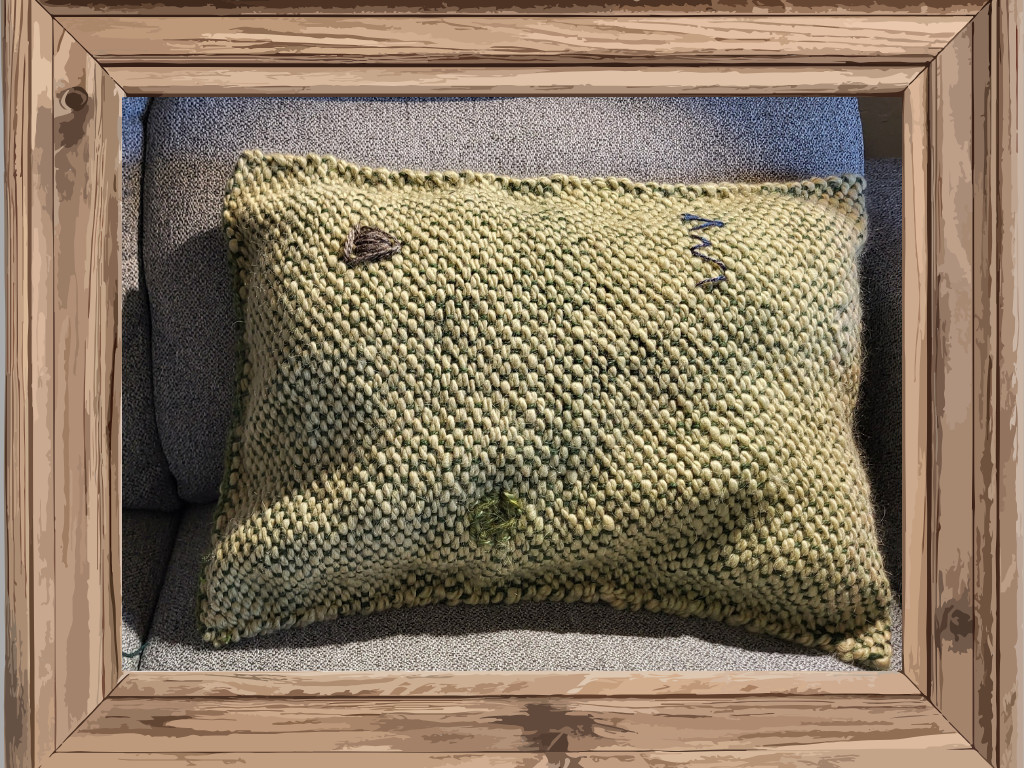Some highlights from our last day in Bukhara.
I can't believe it's been almost a month since these photos were taken on May 6, our last day in Bukhara, Uzbekistan as we neared the end of our 2024 Silk Road Discovery Tour. Every day was filled with so many sights and experiences that it's tough to distill it into a handful of photos and words. Here's my effort for that magical day in Bukhara.

Entrance Gate to Sitorai Mokhi-Khosa, the Summer Palace of the last Emir of Bukhara.
Sitorai Mokhi-Khosa
We started the day with an exploration of one of my own favorite places in Bukhara–Sitorai Mokhi-Khosa, the Summer Palace of the last Emir of Bukhara.
The third-to-last Emir of Bukhara, Nasrullah Khan, built the first palace on this site on the outskirts of Bukhara. When his beloved wife Sitorabony died in childbirth, he named the palace after her. He likened her beauty to the moon. Sitora means star, so the palace became Sitora-i Mokhi Khosa Saroy, the palace of a star like the moon.
Legend has it that the Emir asked his advisors to recommend a location for the palace and they suggested that he quarter a lamb and hang the pieces at the four corners of the city. The lamb stayed freshest at this northern location, so that became the site for the palace.
Nothing remains of that original palace, but Nasrullah Khan’s grandson, Abdul Ahad Khan, rebuilt the palace in the mid-19th century. The entrance portal, a combination of traditional ceramics and Russian-influenced geometry, still stands.
His son Alim Khan, the last Emir of Bukhara, built the current summer palace. Completed in 1917, he was only able to enjoy it for a mere 3 years. Bolshevik commander Mikhail Frunze led his army into the streets of Bukhara in 1920 and the Emir fled to exile in Afghanistan. Communism had arrived.
Alim Khan’s version of Sitora-i Mokhi Khosa has a unique style, fusing European and traditional Central Asian features. Russian architects designed the facades and external structures, while local artisans decorated the inside.
Inside the gates lies a beautiful palace complex (including a harem housing approximately 400 women at the time the Emir fled) and peaceful gardens.

The White Hall reception room of the Palace.

Inside the Palace. I took this photo because I loved the geometrical patterns.

Palace gardens.

One of the lovely courtyards within the palace grounds.

Some of the gorgeous artwork found inside the Palace.

Vases from China.

Gorgeous suzani tapestries.

Aristrocratic clothing, a beautiful suzani in "Bukhara style" and at the right, an artisan continuing the suzani embroidery traditions today. (The palace grounds today also host many artisans, so it's a wonderful mini-market for shoppers.)
Chor Minor

Chor Minor (meaning "four minarets"), alternatively known as the Madrasah of Khalif Niyaz-kul, is a historic gatehouse for a now-destroyed madrassa in Bukhara. Each minaret features different decorations.
The small artisan shop inside the gatehouse features a variety of traditional crafts. One of the treasures that caught the interest of several members of our group was a collection of ancient pot shards, almost hidden in a basket on the floor behind some much flashier items. The artists in the group purchased a few samples to take home and incorporate into multi-media works of their own. Pretty cool, huh?!
Ismail Samani Mausoleum

One of the highlights of any trip to Bukhara is this small mausoleum located in the northwestern part of the city, just outside its historic center. It was built in the 10th century CE as the resting place of the powerful and influential Islamic Samanid dynasty that ruled the Samanid Empire from approximately 900 to 1000.
For more detail about the history and design of the Samanid Mausoleum, which combined multi-cultural building and decorative traditions, such as Sogdian, Sassanian, Persian and even classical and Byzantine architecture, click here.








Wow, that palace rivals Topkapi in Istanbul. Absolutely incredibly beautiful! Thanks for sharing these photos, they make me want to go there.
Leave a comment